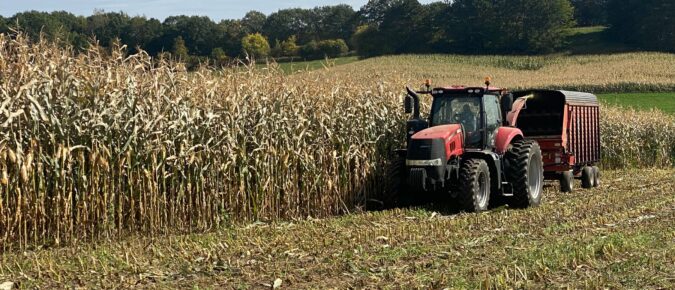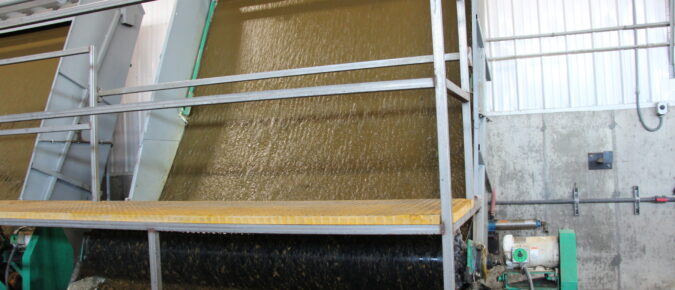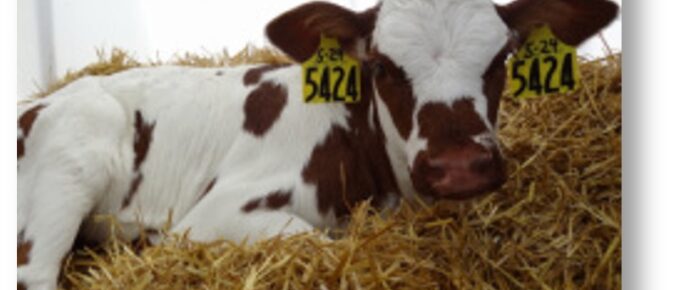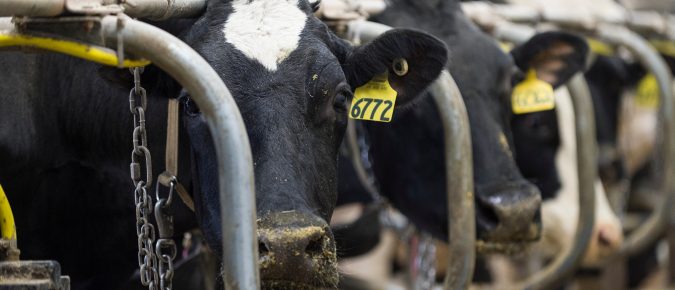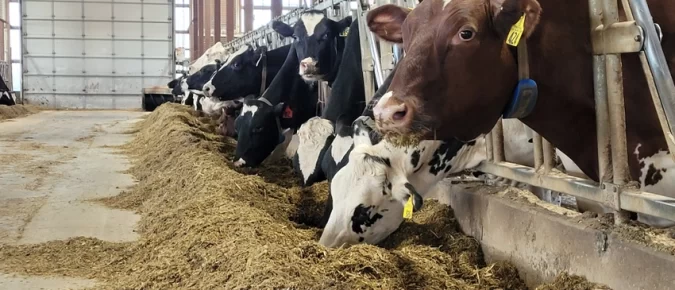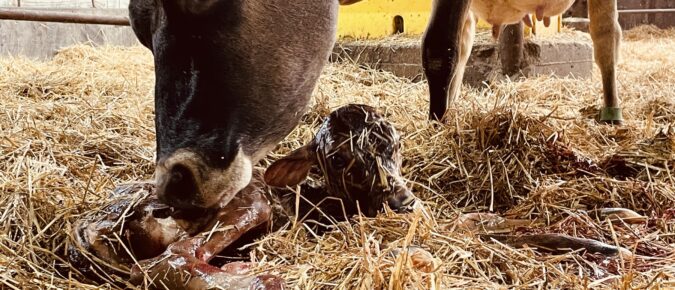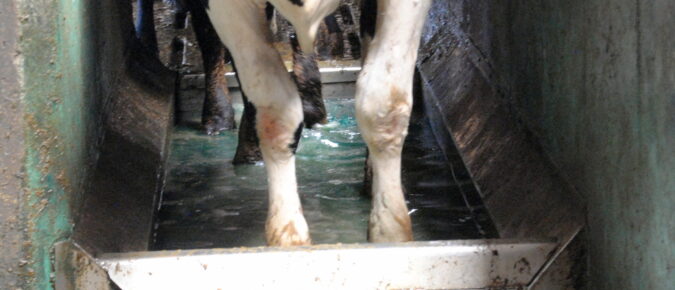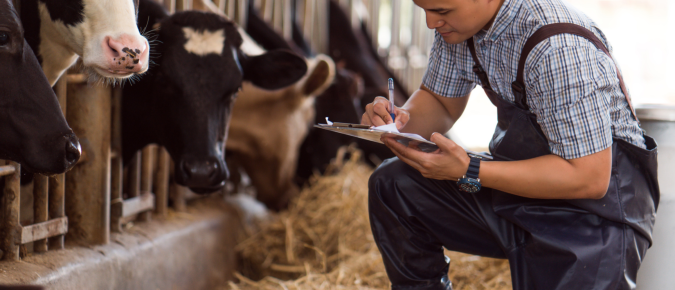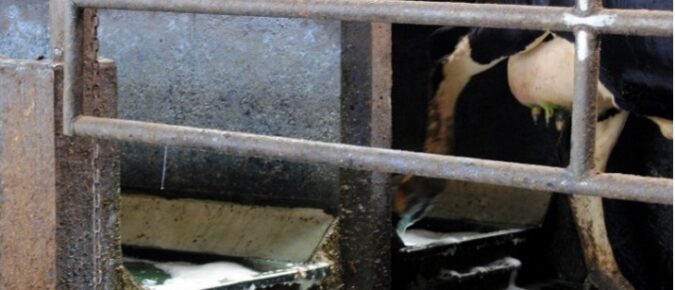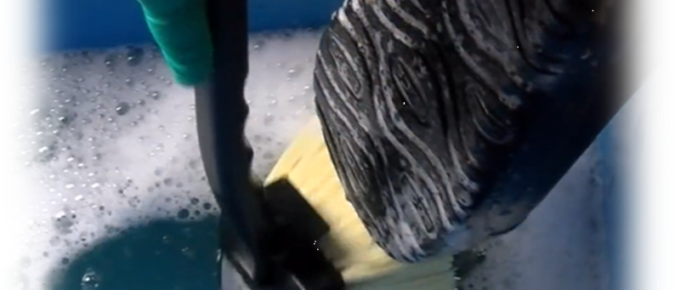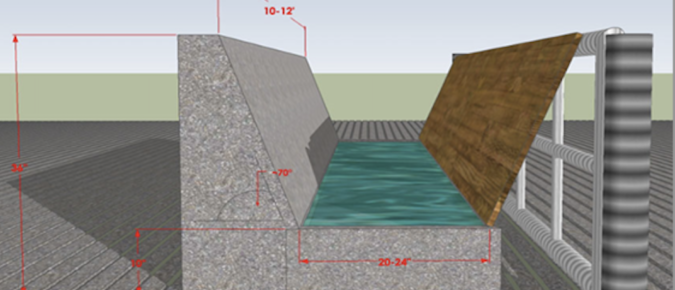During the summer of 2023 Northwest Wisconsin experienced several hail events. Large hail and 60 mph straight line winds came through the Rice Lake area of Barron County on July 20, 2023. On July 24, a hail event also caused damage in central St. Croix County.
In this video Rebecca Larson, Professor and Extension Specialist in the Nelson Institute for Environmental Studies at the University of Wisconsin-Madison will talk about manure processing systems.
Raising calves is a huge expense on any dairy farm and getting them off to a great start is important in cold weather as much as warm weather. Cold stress can increase the risk of disease in pre-weaned calves.
Badger Dairy Insight webinar recording from September 2023
Earlier in the year, I attended the Four-State Dairy Nutrition and Management Conference, where many of the topics focused on transition cow care. One of the big take-home points from more than one speaker was that prevention of clinical disease is vital for long-term success of your cows. Issues during the transition period are associated with reduced reproduction and milk production. Prevention is followed closely by early diagnosis of clinical disease issues.
Even though hypocalcemia, commonly known as milk fever, has been a fresh cow problem for years, it has been addressed through nutritional management during the dry period and early lactation to decrease clinical cases to less than 1%. However, 73% of 3rd and greater lactation animals have had subclinical hypocalcemia.
Digital dermatitis, commonly known as hairy heel warts, is a common infectious foot disease that causes lameness in cattle and often leads to decreased milk production, performance, and fertility in cattle. Learn how it affects robotic milking farms and strategies for prevention in this video.
Digital dermatitis, commonly known as hairy heel warts, is a common infectious foot disease that causes lameness in cattle and often leads to decreased milk production, performance, and fertility in cattle. Watch this video to learn more.
Over the past two decades, a reproduction revolution has occurred in the dairy industry. Twenty years ago, the 21-day pregnancy rate in U.S. dairy herds averaged about 14% with conception rates rarely exceeding 40%. In 1998, the annualized 21-day pregnancy rate goal was 20%, which few herds could achieve.
Healthy soil is the foundation of a productive farm. Monitoring soil health and maintaining soil integrity can improve water filtration, boost crop production and health, and foster biological and physical components of soil. Fields that receive dairy manure are likely to receive higher copper concentrations than non-dairy manure.
Keeping your livestock safe from microbes, including bacteria, viruses, and fungi, is the biosecurity goal that all farms should have. Wearing clean, sanitized footwear helps meet this goal as foot traffic moves microbes to and around the farm.
A footbath is one of the most important tools used on dairy farms to prevent lameness and maintain hoof health. When used properly and paired with a disinfectant, a footbath can prevent and control foot rot and digital dermatitis on dairy farms. Recently, the recommendations for footbath dimensions have changed after new research was conducted at the UW School of Veterinary Medicine.

